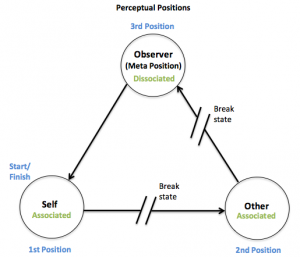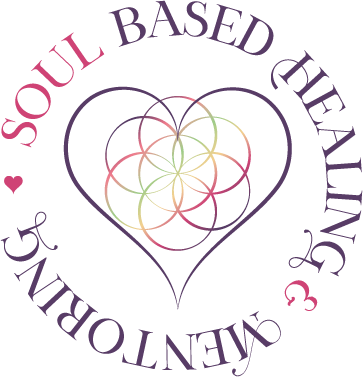If you clicked on this blog, you’re either intrigued by the question (what’s she on about?) or dying to find out (well, I hope I can speak the language of love, if not I’m in trouble!).
If someone was to ask me if I spoke the language of love, I’d say a wholehearted YES with no hesitation. After all, having been brought up in a household in the Seventies, listening to songs like All You Need Is Love, Love Me Do, or Woman in Love, I think it’s fair to say that love was part of life, on the radio at least! But speaking the language of love is actually not as common, as easy or as universal as we’re led to believe…
In this blog, I’m going to ask you to consider your relationship with love, introduce you to the work of Dr. Gary Chapman and identify your love languages.

What’s Your Relationship With Love Like?
Do you wear your heart on your sleeve, only to end up being the one who gets hurt?
Do you say kind words, but never really hear any in return?
Do you love everyone but yourself?
Having realised that I’ve been able to answer YES to every one of these questions at some stage in my life, I was interested in understanding the reasons behind that, and this is when I came across Dr. Gary Chapman’s five love languages.
FIVE love languages? I thought one was complicated enough…Well, there are indeed five, and they don’t include French (although most French people, especially men, would beg to differ!!). So, who is Gary Chapman, and what are these languages?
Gary Chapman and His Work
Gary Chapman is an American pastor and keynote speaker about family, marriage, and relationships. If you’re starting to feel uneasy as I’ve mentioned the word “pastor”, let me reassure you that this is nothing to do with religion and everything to do with a deep understanding of who you are and how you relate to others.
He wrote a book in the Nineties, called The Five Love Languages: How to Express Heartfelt Commitment to Your Mate, and in this book, he outlines five ways to express and experience love, whether it be to your husband, wife, partner, children, parents, aunts, uncles, cousins, friends or colleagues.
He actually claims that each person has one primary and one secondary love language. He also theorises that people tend to naturally give love in the way that they prefer to receive it. Sounds interesting? Read on!
The Five Languages of Love
Here are the five love languages as defined by Gary Chapman:
1) Words of affirmation (kind words, compliments)
2) Quality time with your partner (undivided attention)
3) Receiving gifts
4) Acts of service
5) Physical touch
Identifying Your Love Languages
Now, you might immediately be able to identify your primary love language by just reading the above list, but what is maybe even more important is to look at your secondary love language, as this could be the one that you have in common with your partner, children, or other relations.
For me, the aim of doing this is to really understand how we give love and to be able to understand why our needs are sometimes (if not always) not met. If you’re not speaking the same language of love as the other person, and I’m talking about all kinds of love, not just romance, chances are communication will break down and resentment will start to kick in.
It’s like two people who have met up while travelling and who are desperately trying to communicate, except that they don’t speak the other person’s language. No matter how hard they try, they’re both going to feel frustrated, to say the least…
You can imagine how difficult it can be for two people who are in love with each other but need different things when it comes to expressing that love. Imagine that you need to receive gifts to feel loved while your partner prefers words of affirmation. So you spend your time buying presents for your partner to show your love, which he or she doesn’t necessarily appreciate, and your partner tells you how much he or she loves you but that’s not enough for you!
When you become frustrated in a relationship, at home or at work, it’s essential to be able to sit down and discuss your needs with the person opposite you, safe in the knowledge of who you are. I’m sure you’ll agree that a good way to reach a compromise and ultimately have better relationships is to find common ground, so what are you waiting for?!
What do you think your two main love languages are? I’d love to hear from you!
To read more about improving your communication and your relationships, just click here.
If you feel like knowing more about who you are, and how you can enjoy more fulfilling relationships and love yourself more, I offer one-to-one coaching sessions either face-to-face or on Zoom. I invite you to reach out to me, either by sending me a message or booking your SOUL call, a 30-minute call to explore how I can best help you.



